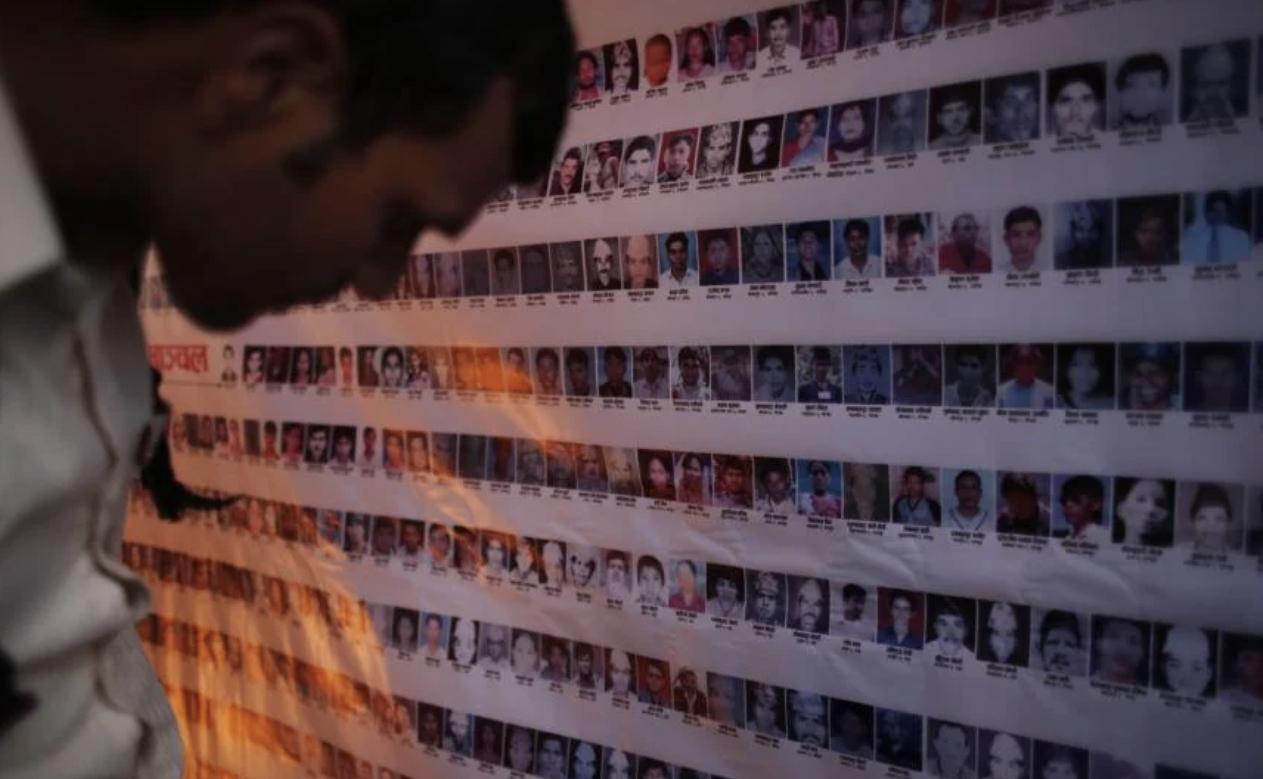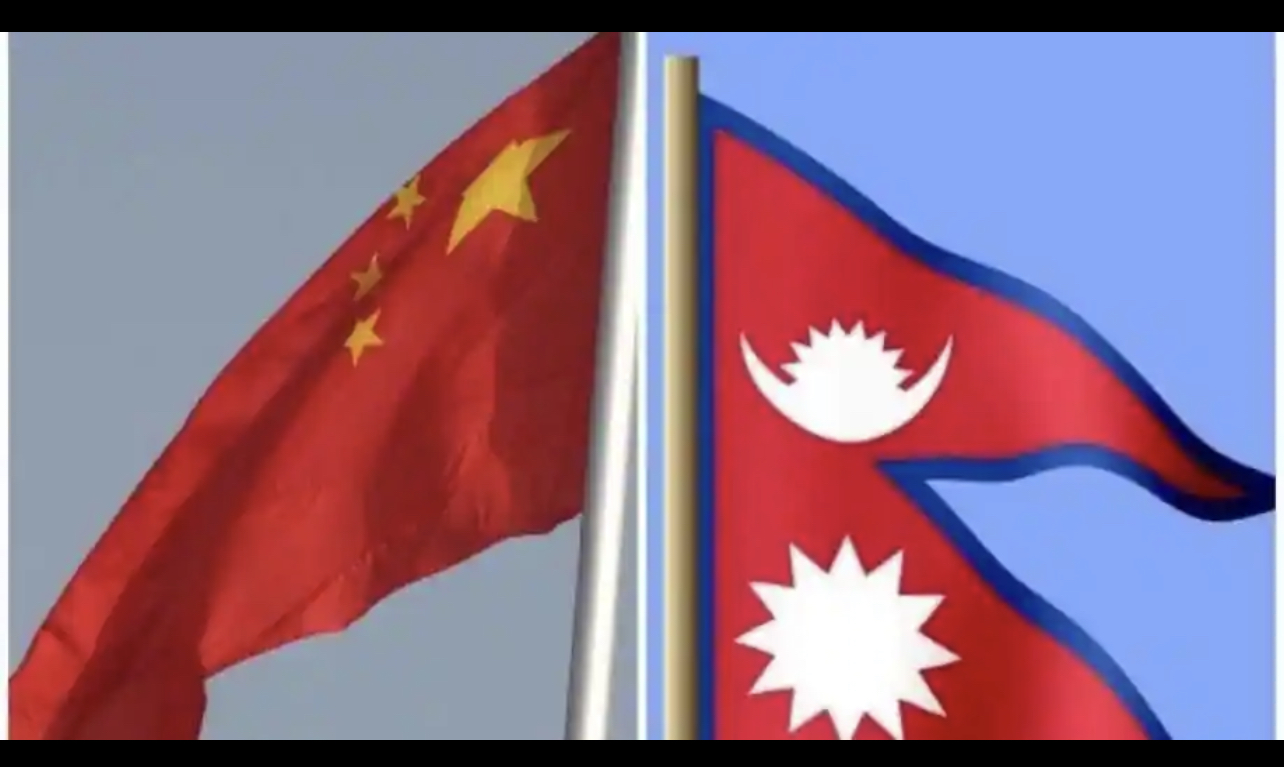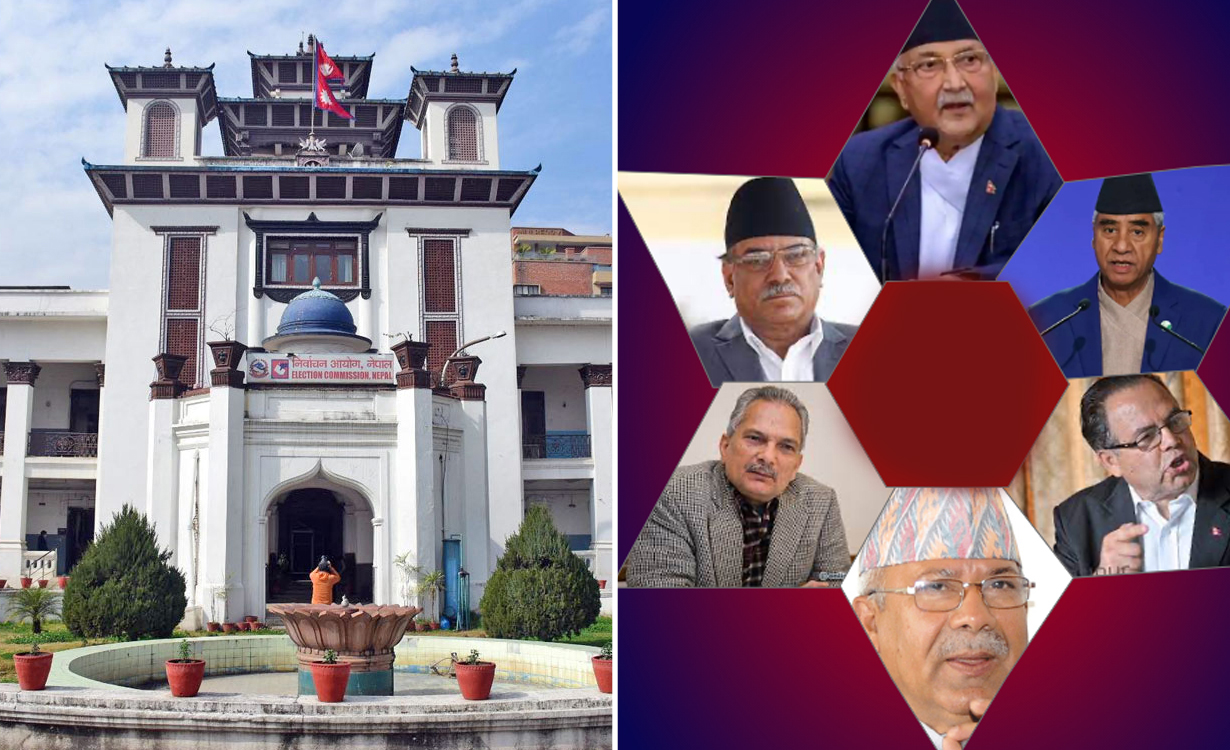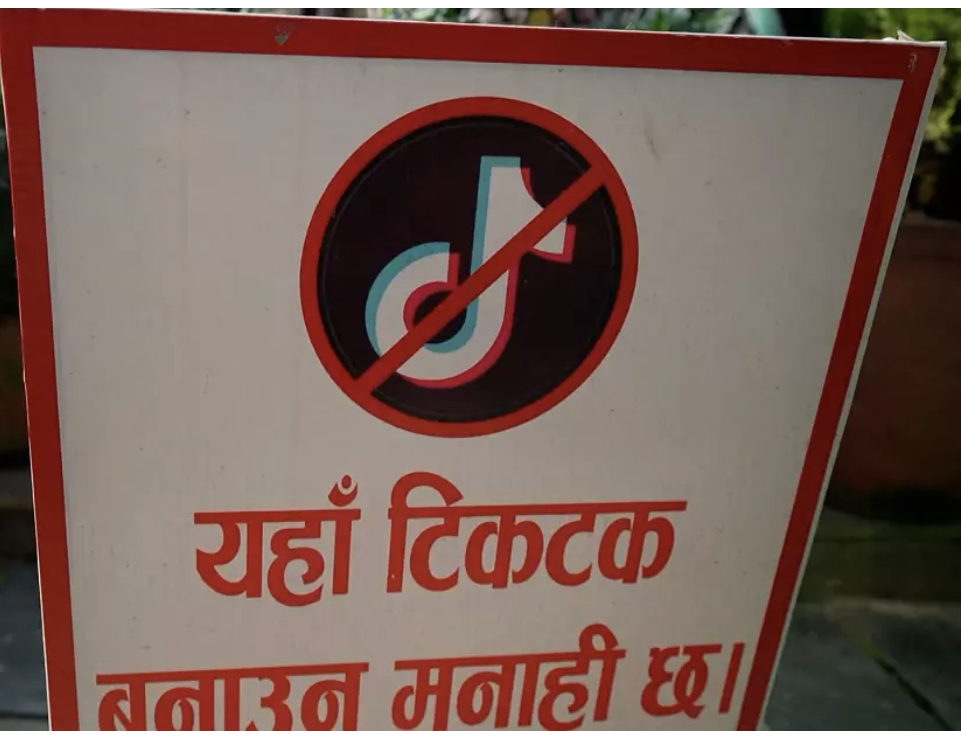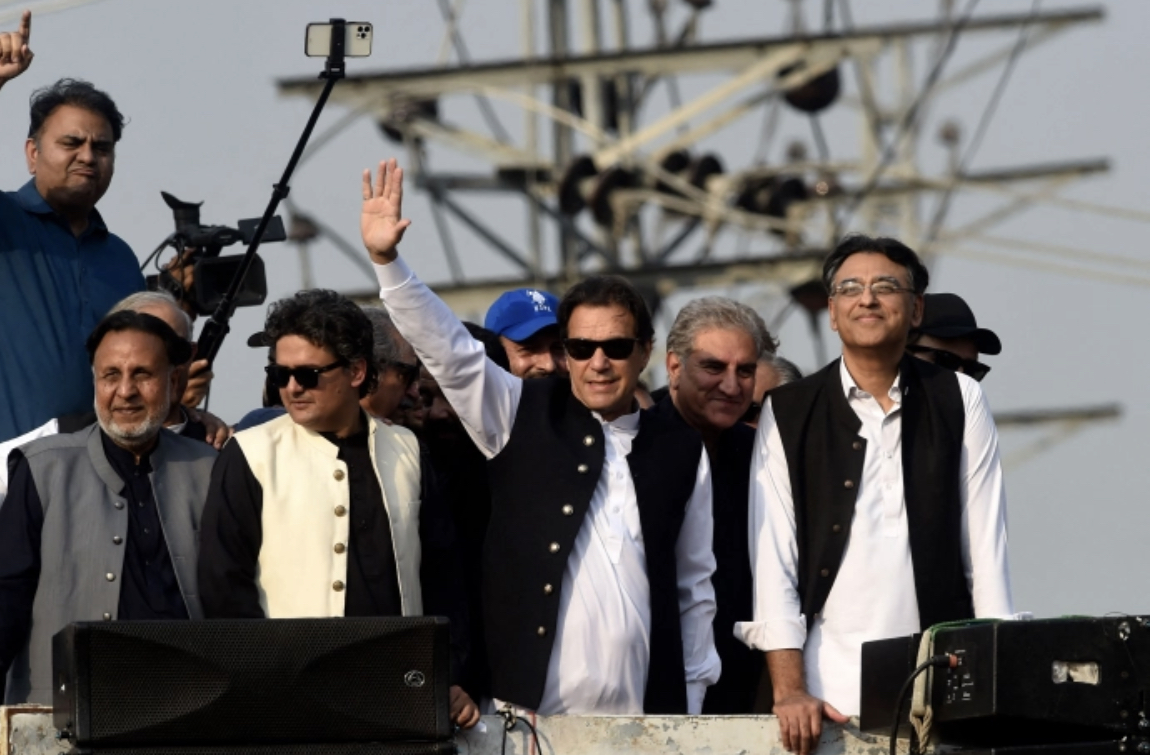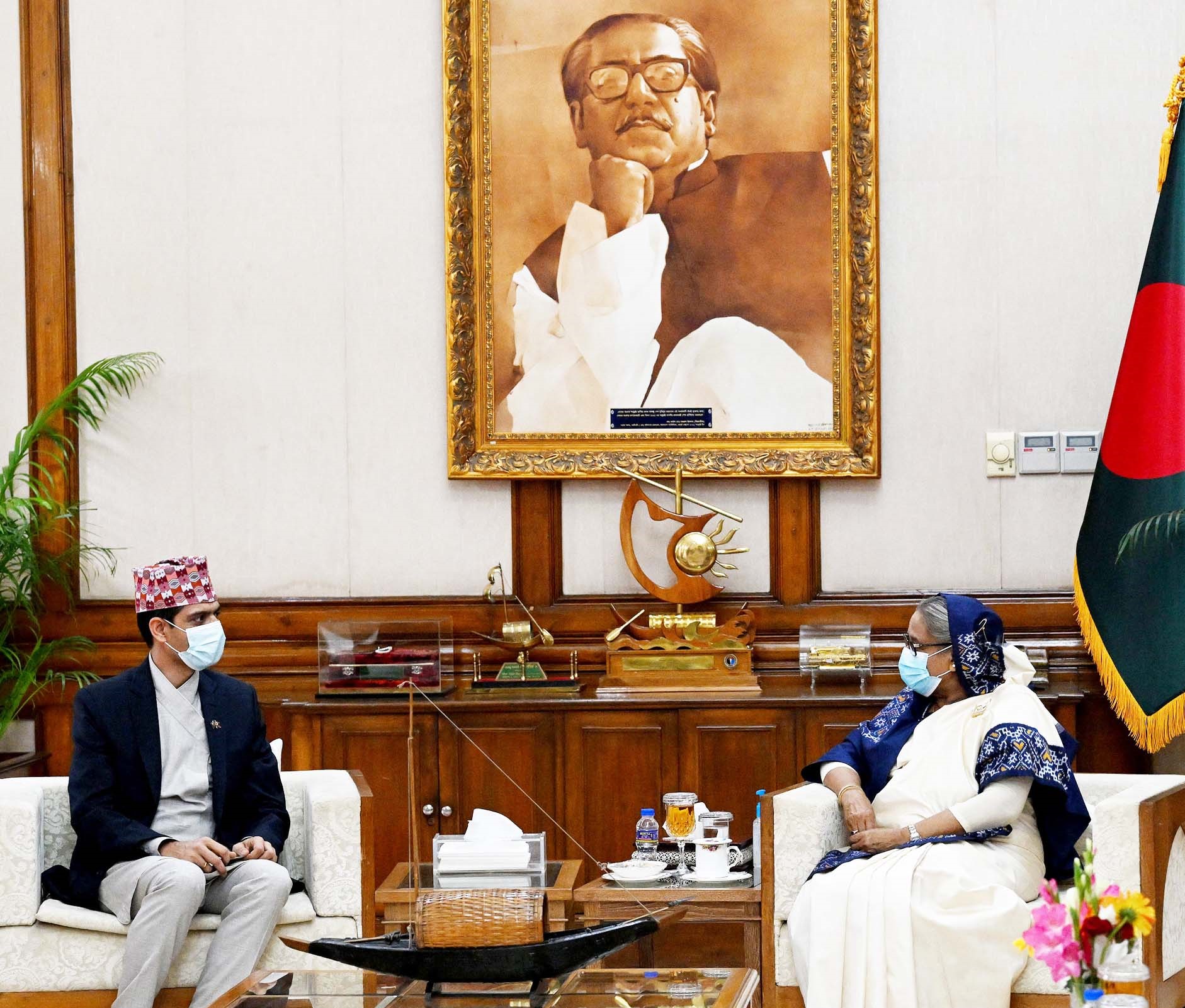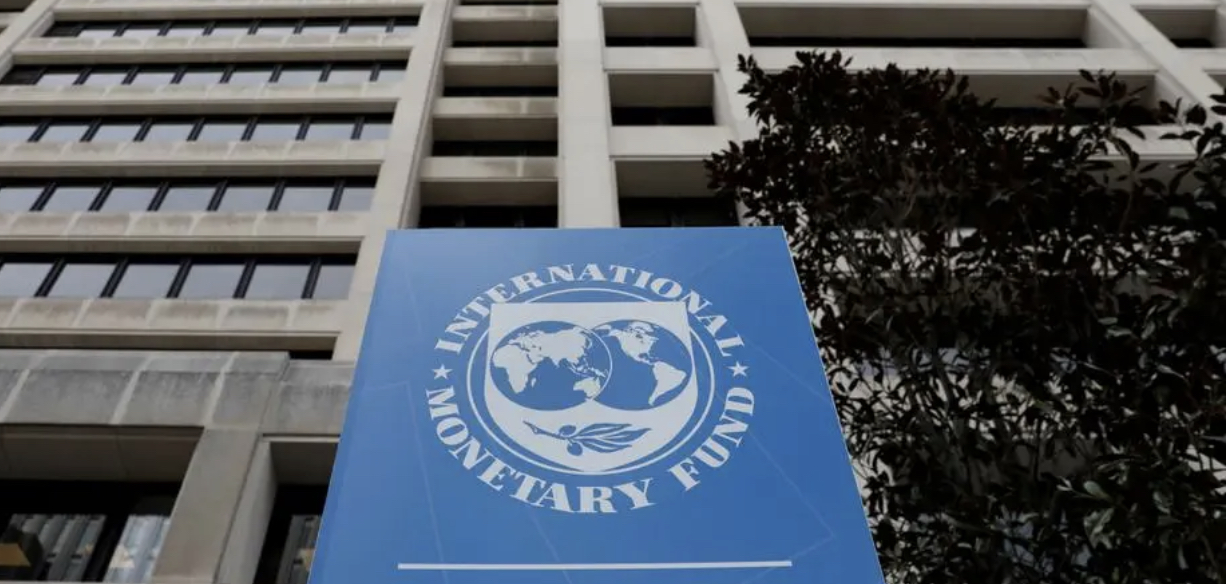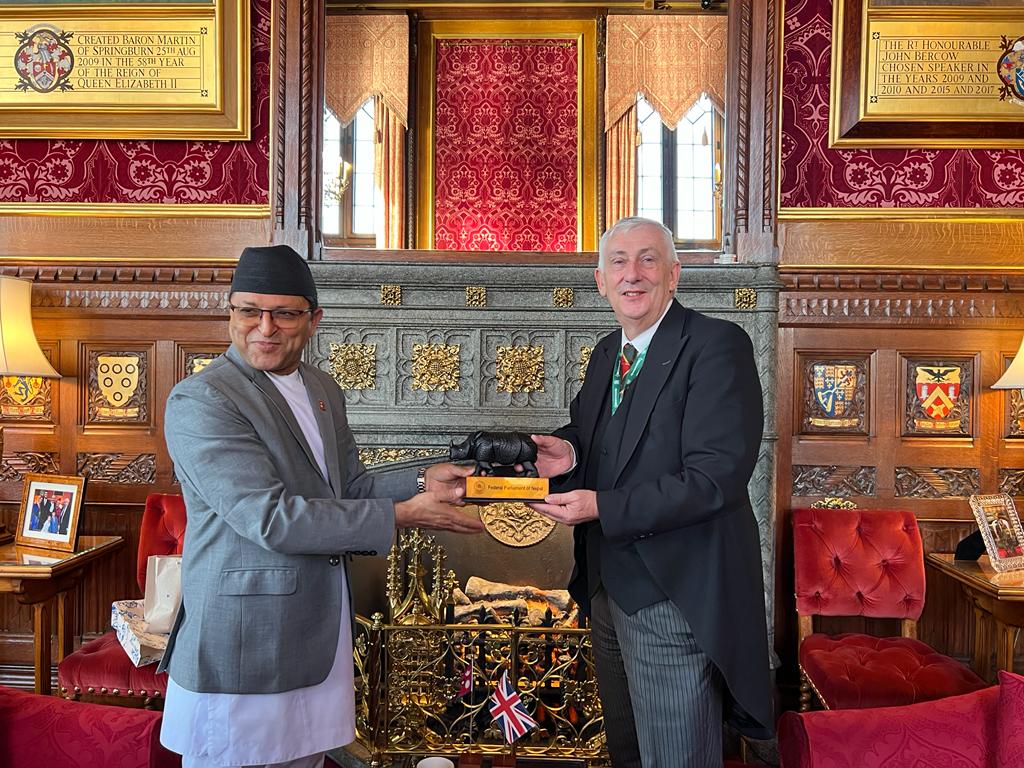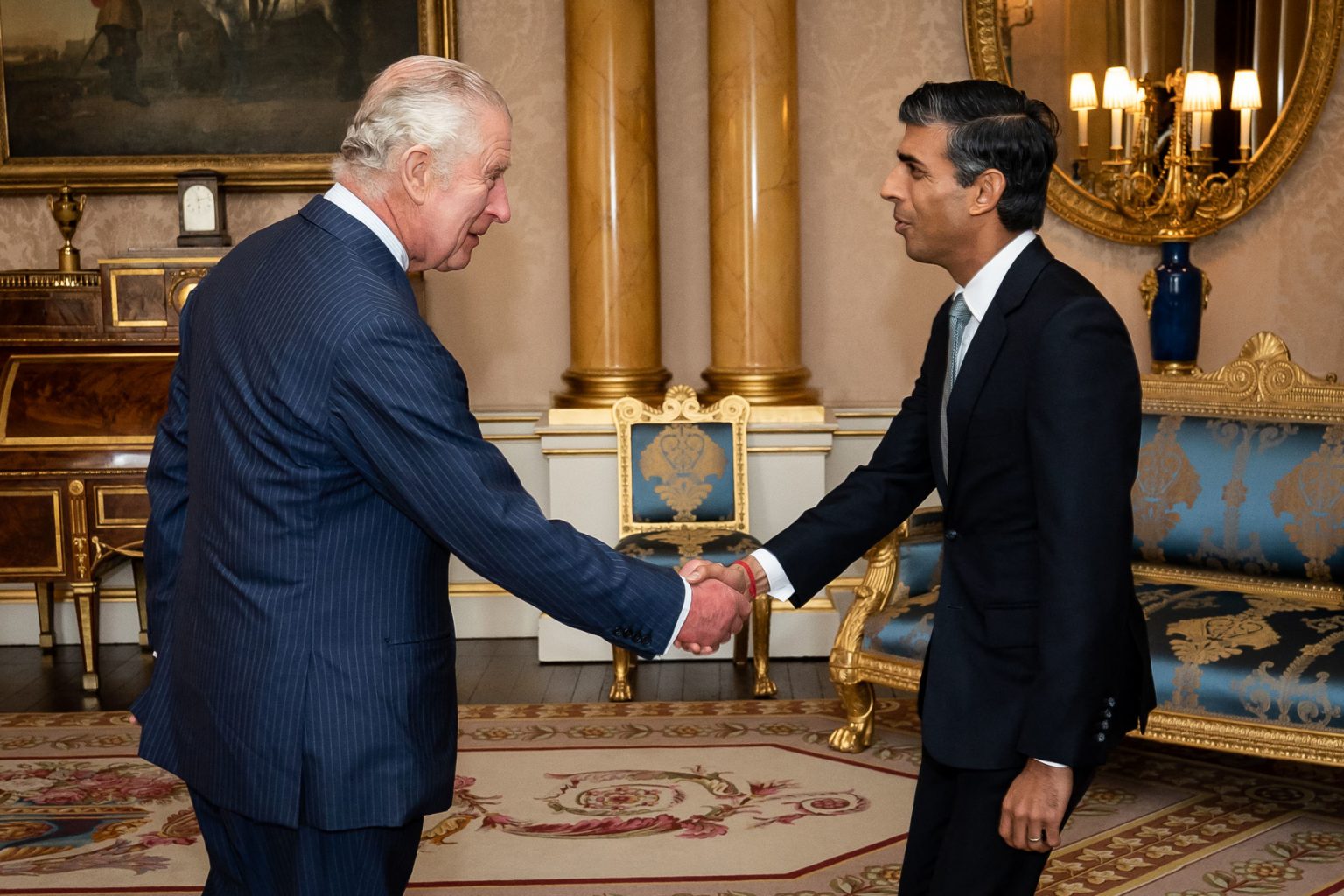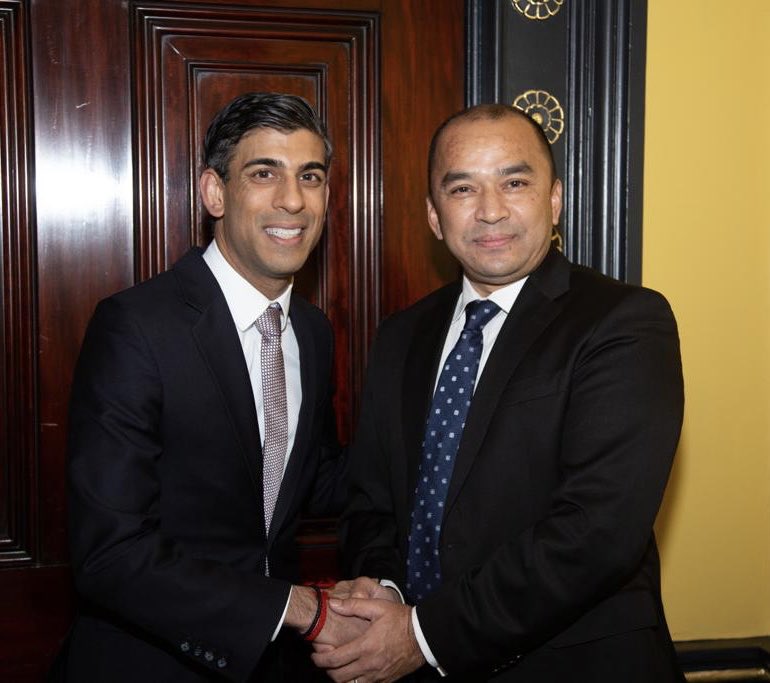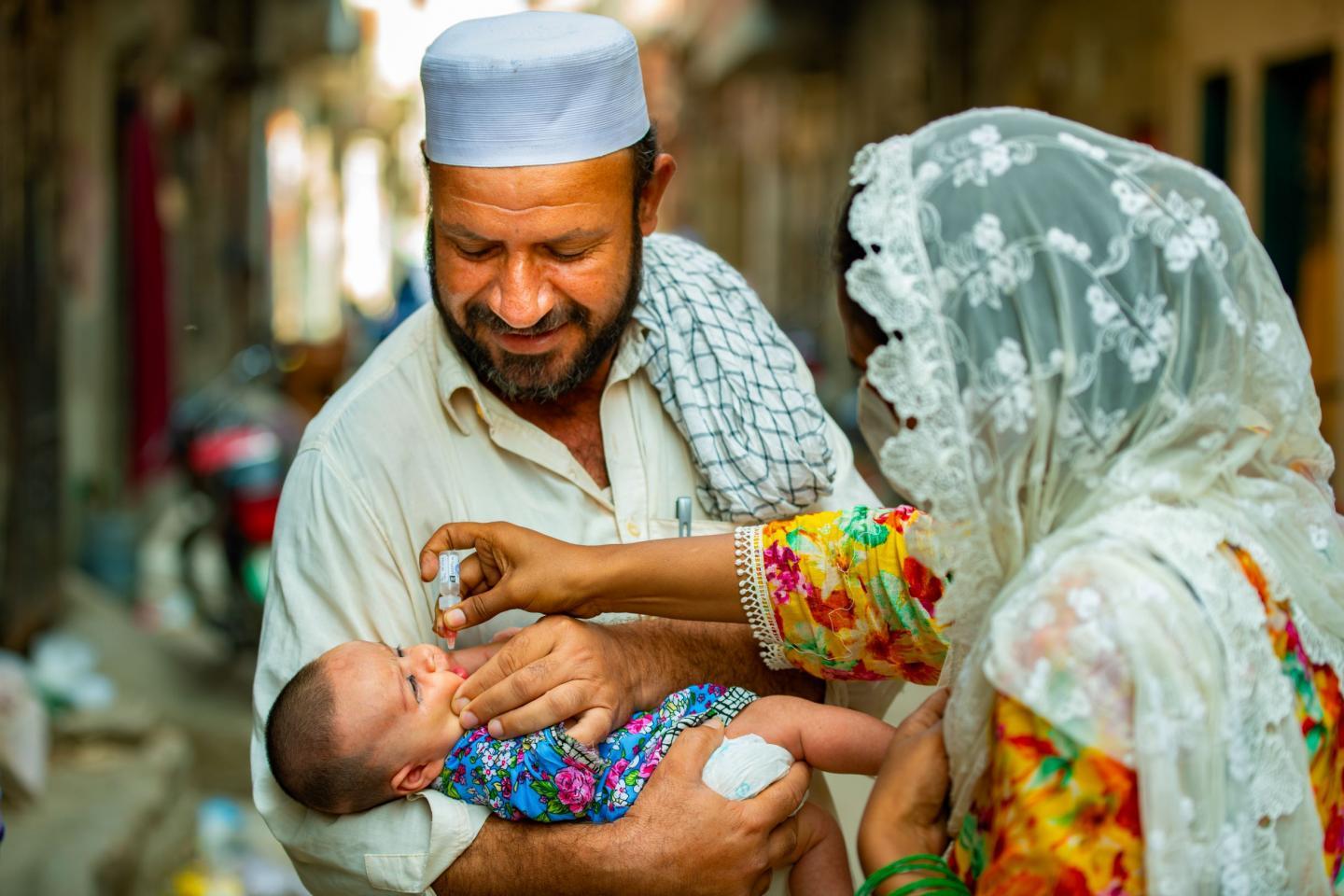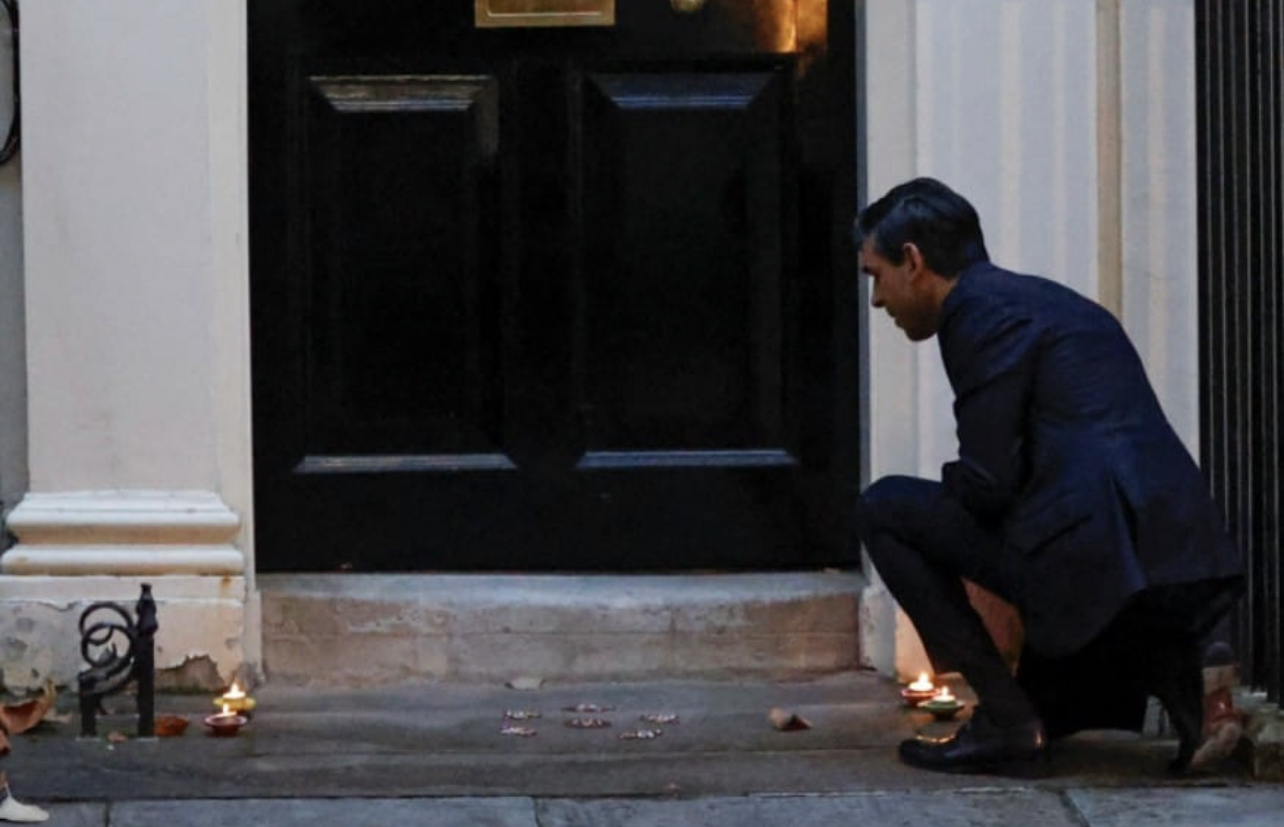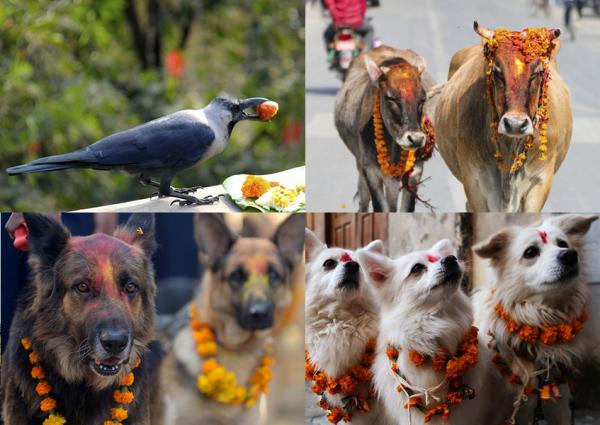(New York) – Nepal’s next government should prioritize amending and passing a transitional justice law that addresses the needs of victims who have waited over 16 years for truth and accountability, Amnesty International, Human Rights Watch, and the International Commission of Jurists (ICJ) said today. The law should meet all domestic and international legal obligations.
In July 2022, Nepal’s outgoing government had presented a bill that marked some progress, but would also require significant amendments to accommodate victims’ demands for justice and meet the country’s international legal obligations. Since the draft was not passed before parliament was dissolved, all those running in the elections, scheduled for November 20, should pledge to ensure justice for conflict era crimes.
“Victims and their families have waited years for justice, so they invested some hope in the government’s recent initiative to restart the transitional justice process, and the proposals that emerged could have been a step forward – if adopted with the necessary amendments,” said Mandira Sharma, senior international legal adviser at ICJ. “Although there were flaws in the original draft, the best aspects of this bill can be the basis of future progress.”
When the new parliament sits, a transitional justice bill should be presented without delay and should include changes necessary to bring all the proposals into line with domestic and international legal standards, the groups said. Transitional justice is a commitment of the 2006 Comprehensive Peace Agreement, which ended a 10-year Maoist insurgency in which crimes under international law were committed by both the rebels and government forces. The commitment has not been fulfilled.
“It is disappointing that the Transitional Justice Bill was not amended and adopted in the last parliament, but this also gives the political parties an opportunity to listen to victims’ and families’ concerns and bring improved legislation in the new parliament,” said Meenakshi Ganguly, South Asia director at Human Rights Watch. “It is important for parliament to act soon, but it is also important to get this right.”
Nepal has two transitional justice commissions, the Truth and Reconciliation Commission and the Commission of Investigation on Enforced Disappeared Persons, which were set up in 2015 under the flawed Enforced Disappearances Inquiry, Truth and Reconciliation Commission Act. That act remains in effect despite being struck down by the Supreme Court. The two commissions have received over 60,000 complaints from victims but have failed to resolve a single case. Neither commission currently has commissioners in office, after their terms expired in July. New commissioners should only be appointed after a new transitional justice act has been passed by parliament, the groups said.
The recent bill had some positive aspects, including on the right to reparation and interim relief for victims, who were left out of earlier relief packages. It prevented amnesty for certain categories of violations and promised the establishment of a special court to try cases recommended by the transitional justice commissions. It would also have guaranteed the right of the families of “disappeared” persons to their relative’s property. The bill would have mandated the transitional justice commissions to study the root causes and impact of the conflict and recommend institutional reforms.
However, the way the bill sought to categorize crimes made it possible that those responsible for certain gross violations of human rights, crimes against humanity, and war crimes could be granted amnesty. In addition, verdicts from the new special court would not be subject to judicial appeal, in violation of international fair trial guarantees. The bill did not provide for a special investigation unit to collect evidence, and it did not clarify the principle of non-retroactivity of criminal law in a manner consistent with international law.
Successive Nepali governments have stalled the transitional justice process, while also blocking cases related to conflict-era crimes from proceeding through the regular court system. The recent transitional justice bill is a long delayed response to a 2015 Supreme Court ruling that the current law fails to meet Nepal’s domestic and international legal obligations on several grounds, including that it empowers the two transitional justice commissions to grant amnesty to those responsible for serious violations of international law.
Meanwhile, more than 140 victims and families of those subject to enforced disappearances and extra-judicial killings have sought justice through the regular court system, but progress has been blocked because successive governments have argued that all conflict era cases should be handled by the transitional justice process. Until a credible transitional justice process exists, Nepal’s existing justice system should ensure access to effective remedies and reparations for victims, the groups said.
“Nepal has an international legal obligation to provide justice, truth and reparation to victims of crimes under international law in accordance with international standards, whether through a transitional justice process or through the ordinary court system,” said Dinushika Dissanayake, deputy South Asia director at Amnesty International. “While justice is denied in Nepal, these cases should be taken up in the courts of other countries under the principle of universal jurisdiction.”




